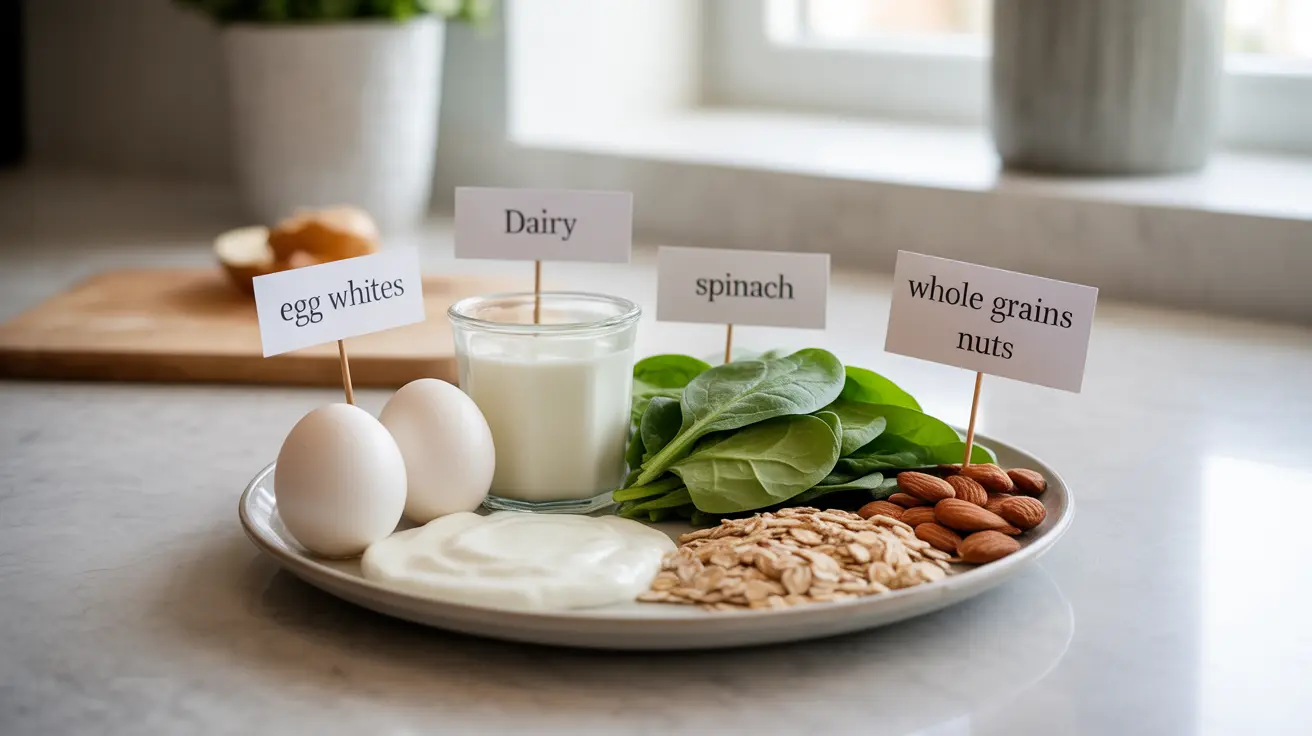Managing iron levels through diet is crucial for individuals with conditions like hemochromatosis or those needing to reduce their iron intake. Understanding which foods contain less iron and how certain dietary choices can affect iron absorption can make a significant difference in maintaining healthy iron levels.
This comprehensive guide will explore the best low iron food choices and dietary strategies to help manage iron absorption effectively, providing you with practical knowledge to make informed decisions about your diet.
Foods That Reduce Iron Absorption
Several foods and beverages can help decrease iron absorption when consumed alongside iron-rich foods. Understanding these interactions can help you better manage your iron levels through strategic meal planning.
Tea and Coffee Benefits
Both tea and coffee contain compounds called polyphenols, particularly tannins, which can significantly reduce iron absorption. Black tea is especially effective at decreasing iron absorption when consumed with meals. Green tea and coffee also provide similar benefits, though to a lesser extent.
Dairy Products and Calcium
Calcium-rich dairy products like milk, cheese, and yogurt can help reduce iron absorption. The calcium in these foods competes with iron for absorption in the digestive system, making them valuable additions to a low iron diet.
Best Protein Choices for Low Iron Diets
When managing iron levels, choosing the right protein sources is essential. Some animal proteins contain less iron than others, making them better choices for those needing to limit iron intake.
Recommended Animal Proteins
Opt for these lower-iron protein sources:
- Egg whites
- Chicken breast
- Turkey
- Fish (particularly white fish)
- Shellfish (except clams and oysters)
Managing Vitamin C Intake
While vitamin C is an essential nutrient, it can enhance iron absorption. When managing iron levels, it's important to be strategic about when you consume vitamin C-rich foods.
Timing Considerations
Consider consuming vitamin C-rich foods separately from your main meals to minimize iron absorption. This doesn't mean eliminating vitamin C from your diet, but rather being mindful of when you consume it.
Iron-Blocking Fruits and Vegetables
Many plant-based foods contain natural compounds that can help reduce iron absorption. Including these in your diet can be beneficial for managing iron levels.
Best Choices
Consider incorporating these foods into your meals:
- Spinach (contains oxalates)
- Whole grains (contain phytates)
- Nuts and seeds
- Beans and legumes
- Berries (contain polyphenols)
Frequently Asked Questions
What are the best low iron foods to eat if I have hemochromatosis?
The best low iron foods include egg whites, dairy products, most vegetables, fruits, and white meat poultry. Additionally, foods containing calcium, tannins, and phytates can help reduce iron absorption when eaten with meals.
How do foods like tea, coffee, and dairy products help reduce iron absorption?
Tea and coffee contain tannins that bind to iron, while dairy products contain calcium - both of these compounds interfere with iron absorption in the digestive system. These beverages and foods are most effective when consumed with meals.
Which animal proteins are recommended for a low iron diet in iron overload conditions?
For iron overload conditions, the best animal protein choices include egg whites, chicken breast, turkey, and white fish. These options contain less iron compared to red meat and organ meats.
Why should vitamin C-rich foods be limited in a diet designed to control iron levels?
Vitamin C enhances iron absorption in the body. While you shouldn't eliminate vitamin C completely, it's best to consume vitamin C-rich foods separate from meals to minimize iron absorption from food sources.
What fruits and vegetables contain compounds that inhibit iron absorption?
Many fruits and vegetables contain natural iron inhibitors: spinach (oxalates), whole grains (phytates), berries (polyphenols), and legumes (fiber and phytates). These can be beneficial when included in meals containing iron.




